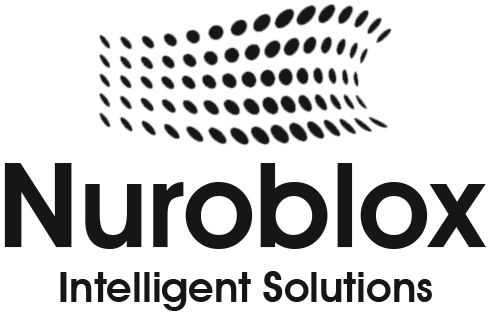QA / Testing Automation
- Home
- Solutions
- For Departments
- QA / Testing Automation

Revolutionize Your QA with Automation
Enhance quality assurance with smart automation that improves efficiency, accuracy, and speed. By eliminating repetitive manual tasks, automated QA reduces human error, increases test reliability, and supports faster, more confident releases across your projects.
How QA Testing Works
QA test automation begins with test planning, where test cases and scenarios are defined based on the project’s requirements. Once the plan is in place, the next step is test script creation, where automated scripts are developed using tools like Selenium, Cypress, or other frameworks. These scripts are then used in test execution, running across various stages of development to validate functionality and performance. After execution, test reporting provides detailed insights into the results, highlighting passed and failed cases. Finally, the process is enhanced through continuous integration, where automated tests are embedded into the CI/CD pipeline to ensure consistent, real-time quality checks during development.

Reimagine QA Testing
Speed, Precision, and Continuous Quality
Agentic automation is revolutionizing quality assurance by enabling faster feedback loops, reducing manual effort, and supporting smarter, continuous testing across the entire development lifecycle. With intelligent automation, teams can ship with confidence and scale quality as projects grow.
$2.5 billion
projected market size for AI in software testing by 2028, reflecting growing adoption.
30-50%
faster release cycles enabled by AI-enhanced testing processes and smart debugging.
40-60%
reduction in manual QA effort by automating repetitive and regression testing tasks.
Smarter Testing with Automation
Improve testing speed, accuracy, and coverage by automating repetitive tasks. Detect bugs earlier and deliver higher-quality releases with less effort.
Core Automation Use Cases
in Supply Chain Management
Repetitive Test Execution
Automate Frequent and Time-Consuming Tasks
Use Cases-
- Run the same test cases across multiple builds and releases
- Eliminate manual effort and reduce testing time
- Ensure consistent and accurate results without human error

Data-Driven Testing
Enhance Coverage with Scalable Input Scenarios
Use Cases-
- Execute the same test logic with different datasets
- Validate edge cases and input variations efficiently
- Minimize tester fatigue and improve accuracy

Regression and Smoke Testing
Maintain Stability with Continuous Test Cycles
Use Cases-
- Automatically verify core functionality after code changes
- Run quick checks after each deployment or bug fix
- Identify issues early and speed up the release process

Cross-Platform Testing
Ensure Consistency Across Devices and Environments
Use Cases-
- Run automated tests on multiple browsers and operating systems
- Validate performance and UI on desktops, tablets, and mobile
- Save time and resources by executing tests in parallel

We’re Here to Assist You and Address
All Your Questions Anytime!
Everything You Need to
Know About
Automated testing is ideal for regression, smoke, performance, data-driven, and cross-platform testing. Repetitive and rule-based tests benefit most from automation.
Some tools like Selenium or Cypress require scripting knowledge, while others offer low-code or no-code solutions designed for manual testers or business users.
Automated tests can be triggered automatically during build or deployment stages to ensure new changes don’t break existing functionality, enabling faster and safer releases.
ROI varies depending on the complexity of your tests and how often they’re run. Most teams begin to see time and cost savings within a few test cycles.




